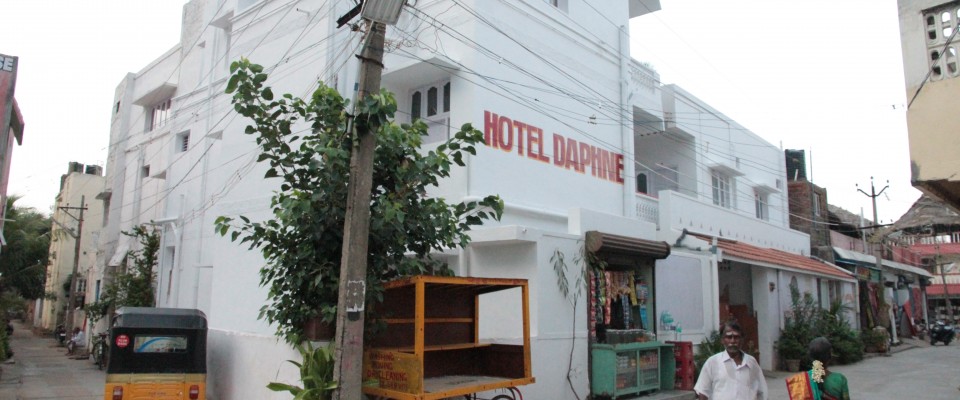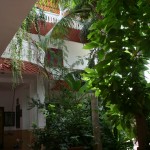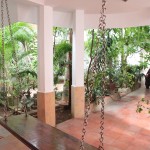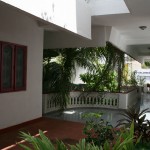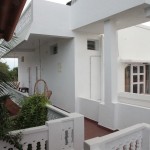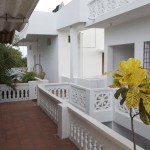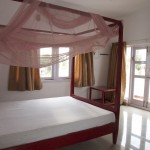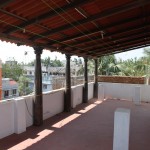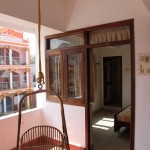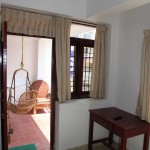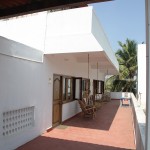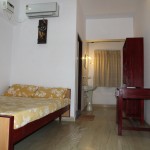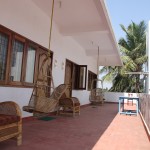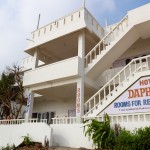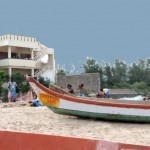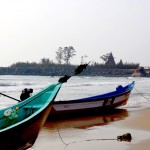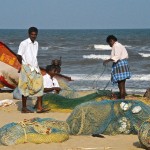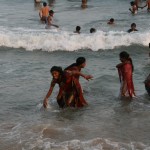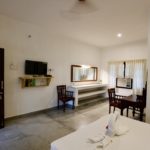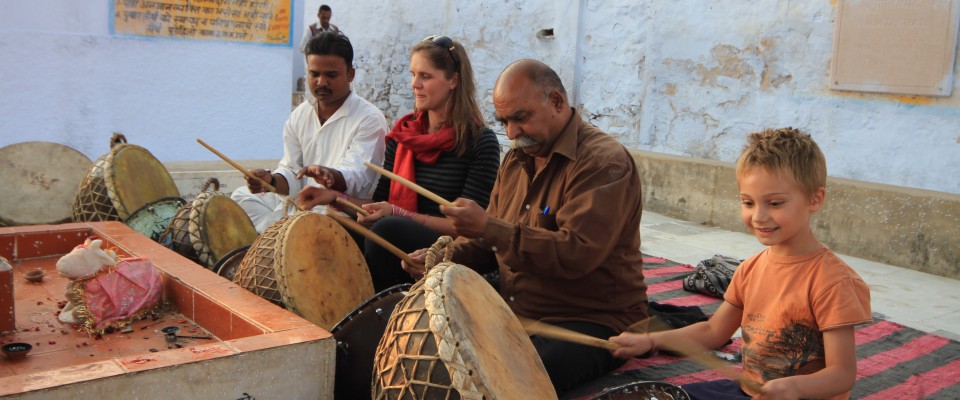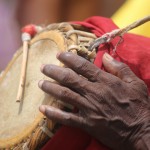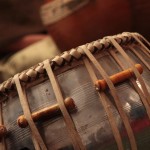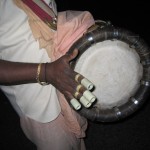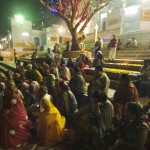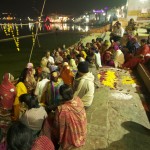Warning: Array to string conversion in /home/ashtangarc/www/wp-content/plugins/carousel-without-jetpack/carousel/jetpack-carousel.php on line 252
Warning: Array to string conversion in /home/ashtangarc/www/wp-content/plugins/carousel-without-jetpack/carousel/jetpack-carousel.php on line 252
Warning: Array to string conversion in /home/ashtangarc/www/wp-content/plugins/carousel-without-jetpack/carousel/jetpack-carousel.php on line 252
Warning: Array to string conversion in /home/ashtangarc/www/wp-content/plugins/carousel-without-jetpack/carousel/jetpack-carousel.php on line 252
Warning: Array to string conversion in /home/ashtangarc/www/wp-content/plugins/carousel-without-jetpack/carousel/jetpack-carousel.php on line 252
Warning: Array to string conversion in /home/ashtangarc/www/wp-content/plugins/carousel-without-jetpack/carousel/jetpack-carousel.php on line 252
Warning: Array to string conversion in /home/ashtangarc/www/wp-content/plugins/carousel-without-jetpack/carousel/jetpack-carousel.php on line 252
Warning: Array to string conversion in /home/ashtangarc/www/wp-content/plugins/carousel-without-jetpack/carousel/jetpack-carousel.php on line 252
Warning: Array to string conversion in /home/ashtangarc/www/wp-content/plugins/carousel-without-jetpack/carousel/jetpack-carousel.php on line 252
Warning: Array to string conversion in /home/ashtangarc/www/wp-content/plugins/carousel-without-jetpack/carousel/jetpack-carousel.php on line 252
Warning: Array to string conversion in /home/ashtangarc/www/wp-content/plugins/carousel-without-jetpack/carousel/jetpack-carousel.php on line 252
Warning: Array to string conversion in /home/ashtangarc/www/wp-content/plugins/carousel-without-jetpack/carousel/jetpack-carousel.php on line 252
Warning: Array to string conversion in /home/ashtangarc/www/wp-content/plugins/carousel-without-jetpack/carousel/jetpack-carousel.php on line 252
Warning: Array to string conversion in /home/ashtangarc/www/wp-content/plugins/carousel-without-jetpack/carousel/jetpack-carousel.php on line 252
Warning: Array to string conversion in /home/ashtangarc/www/wp-content/plugins/carousel-without-jetpack/carousel/jetpack-carousel.php on line 252
Warning: Array to string conversion in /home/ashtangarc/www/wp-content/plugins/carousel-without-jetpack/carousel/jetpack-carousel.php on line 252
Warning: Array to string conversion in /home/ashtangarc/www/wp-content/plugins/carousel-without-jetpack/carousel/jetpack-carousel.php on line 252
Warning: Array to string conversion in /home/ashtangarc/www/wp-content/plugins/carousel-without-jetpack/carousel/jetpack-carousel.php on line 252
Warning: Array to string conversion in /home/ashtangarc/www/wp-content/plugins/carousel-without-jetpack/carousel/jetpack-carousel.php on line 252
Warning: Array to string conversion in /home/ashtangarc/www/wp-content/plugins/carousel-without-jetpack/carousel/jetpack-carousel.php on line 252
Warning: Array to string conversion in /home/ashtangarc/www/wp-content/plugins/carousel-without-jetpack/carousel/jetpack-carousel.php on line 252
Warning: Array to string conversion in /home/ashtangarc/www/wp-content/plugins/carousel-without-jetpack/carousel/jetpack-carousel.php on line 252
Warning: Array to string conversion in /home/ashtangarc/www/wp-content/plugins/carousel-without-jetpack/carousel/jetpack-carousel.php on line 252
Warning: Array to string conversion in /home/ashtangarc/www/wp-content/plugins/carousel-without-jetpack/carousel/jetpack-carousel.php on line 252
Warning: Array to string conversion in /home/ashtangarc/www/wp-content/plugins/carousel-without-jetpack/carousel/jetpack-carousel.php on line 252
Warning: Array to string conversion in /home/ashtangarc/www/wp-content/plugins/carousel-without-jetpack/carousel/jetpack-carousel.php on line 252
Warning: Array to string conversion in /home/ashtangarc/www/wp-content/plugins/carousel-without-jetpack/carousel/jetpack-carousel.php on line 252
Warning: Array to string conversion in /home/ashtangarc/www/wp-content/plugins/carousel-without-jetpack/carousel/jetpack-carousel.php on line 252
Warning: Array to string conversion in /home/ashtangarc/www/wp-content/plugins/carousel-without-jetpack/carousel/jetpack-carousel.php on line 252
“The traveller must knock on all doors before reaching his own.”
Rabindranath Tagore
A stay in one of the hotels owned by Ramesh, a friend for a very long time (over 20 years), is to ensure a good organization and a very clean room. If it can help you, he will do so with great pleasure.
He has four hotels all well located :
- Daphne Hotel, the favorite of many (s) yogi and yogini (s) green and flowery, very clean and quiet patio.
Prices : between 600 and 3000 Rs
17, Ottavadai Cross Street. Mahābalipuram
Telephone: +91 94441 84060
- Hotel Daphne
- Hotel Daphne
- Hotel Daphne
- Hotel Daphne
- Hotel Daphne
- Room, Hotel Daphne
- Hotel Blue elephant, at the top of the restore of the same name, where are served on delicious Indian cuisine (in front of the very famous Moonrakers Restaurant). We have a soft spot for the top with terrace and quiet rooms.
Prix : 600 Rs
39, Othavadai Street, Mahabalipuram,
Telephone: +91 94444 53772
- Terrasse Blue Elephant
- Blue Elephant
- Chambre Blue Elephant
- Terrasse Blue Elephant
- Chambre Blue Elephant
- Terrasse Blue Elephant
3 Hotel Daphne beach
Facing the ocean……. all rooms have a terrace, the wind blowing from the ocean is rather nice .
On the long sandy beach, boats and fishing nets are aligned… in the distance, the Sea Shore Temple, built at the end of the beach, defies time, the ocean and spray. Built in the 7th century, is one of the oldest temples in South India.
Téléphone : +91 9444453772
603 104 Tamil Nadu – Inde
Téléphone : (0091) 411 42 42 811
- Hôtel Daphné
- Daphne beach
- Vue de la terrasse de l’hôrel Daphné Beache
- Mahabalipuram, beach
- Mahabalipuram, beach
4 Meya Beach Walk Hotel
Kings Nagar, East Coast Road – coming from Mahabalipuram, turn right after the Indian Oil Petrol Station, 603104 Mahabalipuram, India
Maya Beach Walk Hotel, was established in 2017, it is located 3 minutes’ walk from the beach.
The hotel has a sun terrace and views of the sea.
Free private parking is available on site.Every room at this hotel is air conditioned and is equipped with a flat-screen TV with cable channels. Some rooms have a seating area where you can relax. Rooms include a private bathroom with a shower and toilet.
The reception is open 24 hours a day
Hot water 24 hours a day.
Each room has a terrace equipped with a seating area.
Choice of either double or twin room
On the terrace is the BHAKAYA BEACH VIEW restaurant, overlooking the beach where you can dine al fresco.
The hotel also offers bike hire.
- Meya Beach Walk Hotel
- Meya Beach Walk Hotel
- Meya Beach Walk Hotel
- room
- Meya Beach Walk Hotel
- see on the terrasse
5 Hotel Alice Paradise
Every room at this hotel is air conditioned and is equipped with a flat-screen TV with cable channels. All rooms have a seating area where you can relax. Rooms include a private bathroom with a shower and toilet.
- Alice Paradise Hotel
- Alice Paradise, terrasse
- Alice Paradise,reception
- Alice Paradise, room
- Alice Paradise,room
- Alice Paradise,seaview
The reception is open 24 hours a day
Hot water 24 hours a day.
Each room has a terrace equipped with a seating area.
The hotel also offers bike hire.
Price : 2450 rs
Site web : http://moonrakersrestaurant.com
Email : hoteldaphne1@yahoo.com
